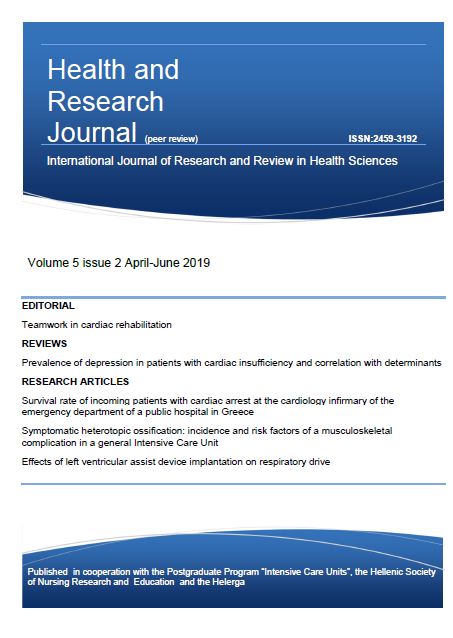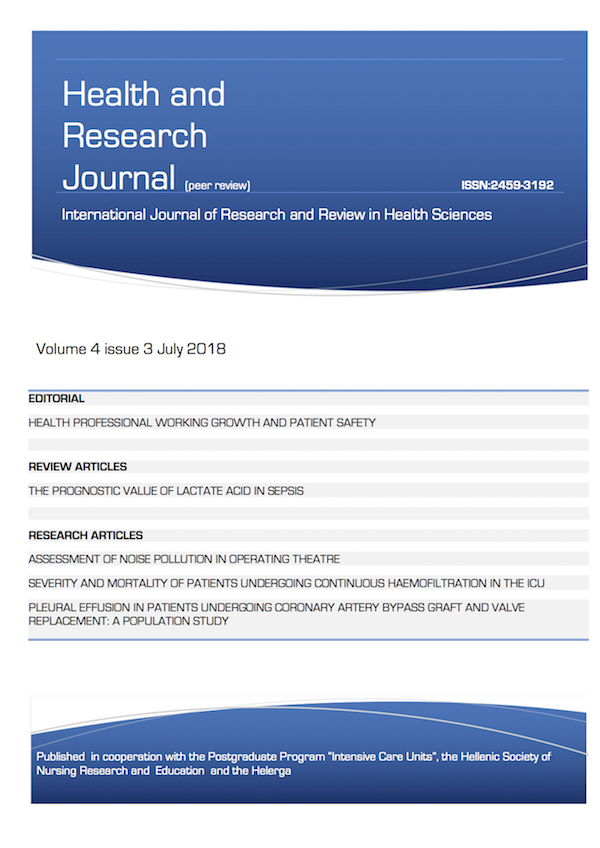Clinical profile of burn injured patients

Abstract
Introduction: Burn injury is a severe systemic disease with social implications.
Aim: The recording of patient’s clinical profile with burn injury worldwide and in Greece, the outcome and impact of the injury on the patient’s mental health and social, professional and family life.
Methods: There were collected surveys and reports concerned burn victims, men and women, teenagers and adults of all types and severities of burns in the world and in Greece. The information were been searched in database of Pubmed and websites of international health agencies (American Burn Association-ABA, World Health Organization-WHO , Centers for Diseases Control and Prevention-CDC) and statistical offices (Hellenic Statistical Authority), between the years 1985-2012.
Results: In U.S.A. 183.036 burned victims were reported between the years 2002-11 and in Greece 1840 in 1993-2001. The most of studies were showed strong relationship between risk of burn and age, gender, standard of living and education, the place and conditions of the injury, the lack of information and habits of patients. The coexistence of chronic diseases burdened the risk of injury and the outcome. After burn injury, patients had difficulties on professional and social reintegration, because of physical complications and mental disorders. Their psychological condition upon leaving the hospital was important prognostic feature. Researchers suggested the detection of high-risk groups to train them and organized psychosocial reintegration of burned.
Conclusion: There is a reciprocal relationship between clinical profile of burned patients before injury and outcome of the disease and their mental health, social, professional and family life. The need for continuous investigation into the profile of burned within multicenter study and organization of network for psychosocial reintegration became evident.Article Details
- How to Cite
-
Efstathiou, F., & Svardagalou, P. (2016). Clinical profile of burn injured patients. Health & Research Journal, 2(2), 80–93. https://doi.org/10.12681/healthresj.19809
- Section
- Reviews
Copyright notice:
The journal "Health and Research Journal" reserves the rights for copyright of the content of the website and also the copyright of the articles published.
By virtue of their appearance in this journal, the articles are free to be used for non-commercial purposes. However, the articles cannot and must not be used in anyway, published elsewhere or modified without any reference to the author and the first publication of the article.




